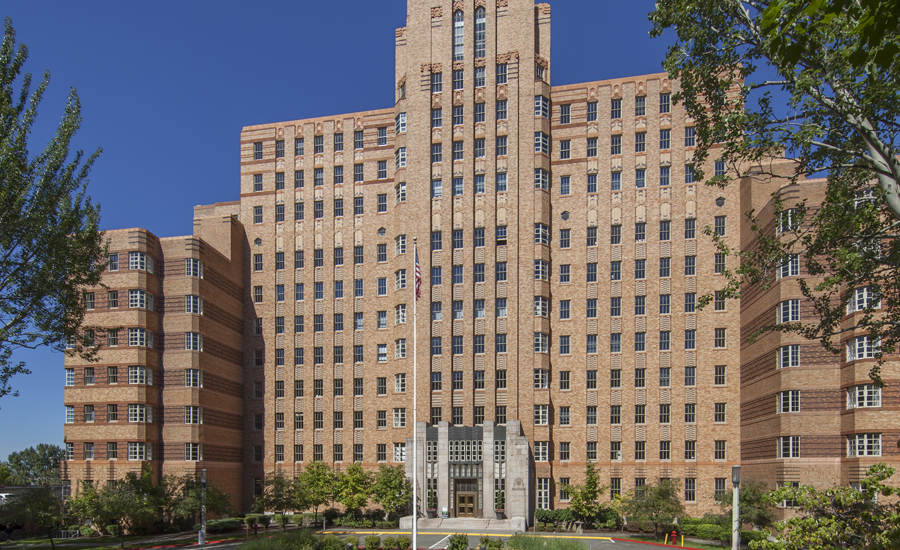The Smart Buildings Center, managed by the nonprofit Northwest Energy Efficiency Council, will use the renovated Pacific Tower as a living laboratory with the goal of improving building performance.
Design-build contractor McKinstry used the Seattle firm’s new energy management team to create a smart building management system using occupancy sensors to work with a control system for setting optimal levels of heating, cooling and ventilation by zone.
Pacific Tower originally opened on Beacon Hill in 1933 as a U.S. Marine hospital and was placed on the list of National Historic Places in 1979. The 2016 renovation, with McKinstry serving as the mechanical-electrical-plumbing engineer, brought Pacific Tower up to current energy codes and updated the control systems to monitor such metrics as carbon dioxide concentration as an indicator of occupancy. That indicator then dictates how the system ventilates the building.
As the 80-plus-year-old 16-story brick building, a former home of Amazon, opens to new uses, it welcomes Seattle Central College’s 85,000-sq-ft Health Education Center and the Smart Buildings Center, funded in part by a $54 million public-private financing model.
Planning for the Pacific Tower renovation first started in 2011 after the building was left vacant. The Washington State Legislature offered $20 million to help pay for renovations and the Washington State Dept of Commerce, which signed a lease with the Pacific Hospital Preservation and Development Authority, oversaw the renovation project to restore community health uses as the backbone function of the former hospital.
Seattle Central College will serve as the anchor tenant, partnering with a community dental clinic serving low-income patients. Along with the Smart Buildings Center, other health-related nonprofits will locate in Pacific Tower.
To add to the $20 million provided by the Legislature, funds to cover the $54 million came through working with the City of Seattle Office of Economic Development and its consultant, the National Development Council, to secure $17 million in federal Historic Rehabilitation Tax Credits. City and county grants, loans and over $5 million in charitable gifts provided the balance.
Follow Tim Newcomb on Twitter at @tdnewcomb.

